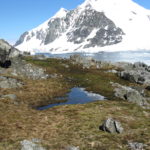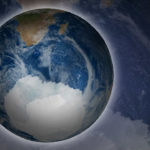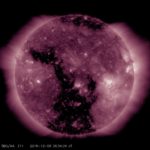Antarctica 3D crustal structure investigation by means of the Bayesian gravity inversion: The Wilkes Land case study
1 June, 2022 by Fausto Ferraccioli
In the present study, a Bayesian gravity inversion algorithm is applied to infer a complete 3D density model of the crust in the region of the Wilkes Land. One of…


